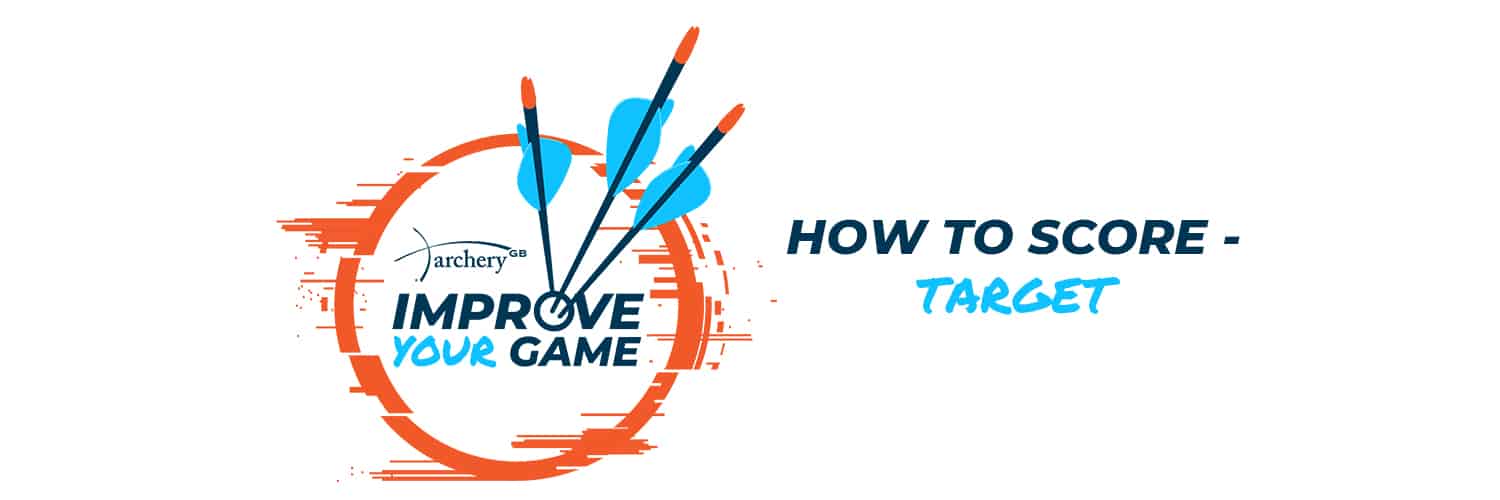Eleanor Piper explains how scoring works for Target events, with the 360 Challenge and Summer Metrics, it's important to have an understanding of how to score.

A key archery feature, that differs from many sports, is that archers score themselves. This means that, even if you're 7, 17 or 70, a novice or an Olympic archer, everyone on the target has an equal part to play; it's also why, in top tournaments, archers from the same country or club are split over adjacent targets.
One of the hardest things about archery scoring is having the confidence to question arrow calls, but in all the time I've been shooting I've never had an archer or judge mind (and judges will tell you that queries stop them from getting bored during the day!).
Generally, the Â"C” position archer (target captain) will score with Â"D” position (lieutenant) double scoring if PDAs or running slips are required, the other archers acting as all-important Â"score checkers” and arrow pullers. These roles can be changed with the agreement of archers on the target. It often makes sense to give this role to the most experienced archer present, but the scorer mustn't score their own arrows.
There are two scoring methods: Imperial 5 zone: 9, 7, 5, 3 1 based on coloured bands and Metric 10 zone: 10 to 1 based on scoring rings. Any arrow touching the line between scores will be scored at the higher value; if you're in any doubt it's good sense to score your arrows up as it's likely your target companions will agree, score them down and you'll only ever receive the lower score..!
Arrow values are called out in threes, leading with the highest scoring arrows (a non-scoring arrow is recorded as a miss Â"M”), with each archer indicating their arrows by pointing to, not touching, the nocks. The scorer will then repeat the three values as they are written down using blue or black ink.
Double scoring is done simultaneously from the called arrow values and, in the case of any discrepancy, written values override any secondary scores. The target and arrows must not be touched until all scores have been recorded as this may negatively affect any line calls.
In the case of any arrow value queries a judge must be called and only changes made by them in red ink will stand, in all other cases you will be awarded the lower arrow value or, in the case of illegibility, a zero value. It is acceptable for end totals (i.e. the maths) to be changed so don't worry about the need to make corrections but try and do the maths as you go along rather than waiting to the end which may hold up the shoot - for juniors it's helpful if a parent oversees this.
At the end of the round, the scorer adds up the scores, hits and golds and ensures both they and the archer sign the sheet. Be patient whilst they do this as it can take some time particularly as failure to do this properly may result in the score being discounted (I've seen this happen at internationals).
Target scoring is actually really simple so don't be afraid to ask for help from your target companions and judges. Remember every archer had to start somewhere and they're always happy to help!